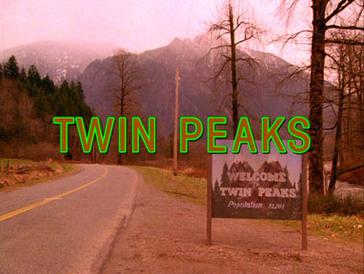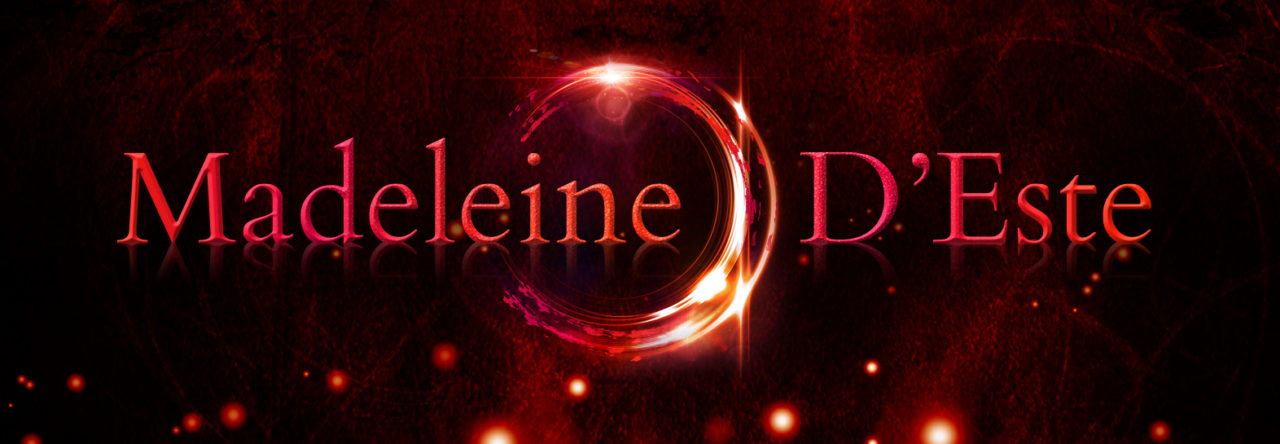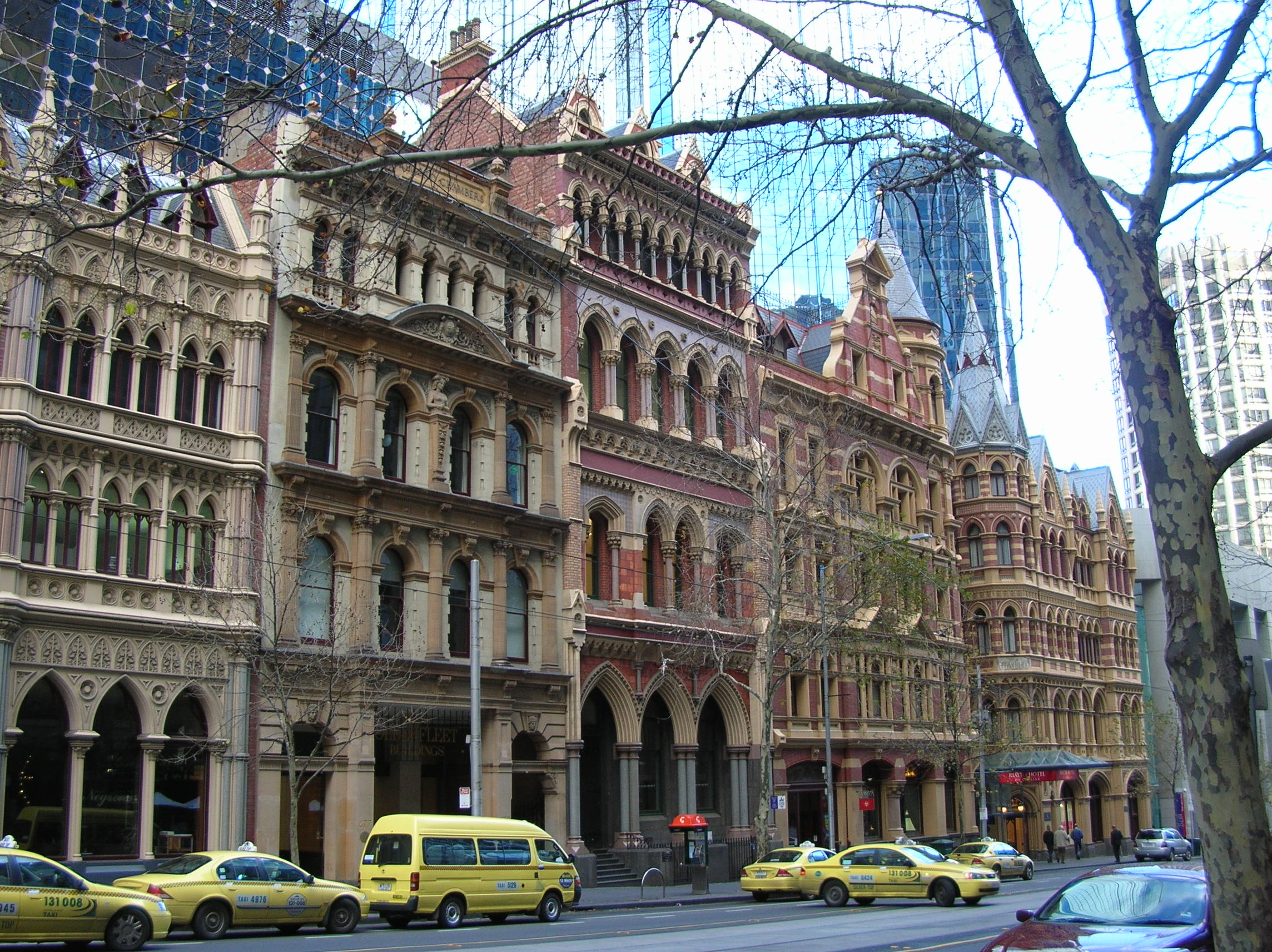I like movies. I’ve seen a lot of movies (so many I can barely remember a lot of them). Movies inspire me to write, I look back to various scenes, characters and worlds when creating my own little universes. It’s all storytelling in the end.
In the spirit of my favourite film podcast, Filmspotting, here’s five dystopian movies which have influenced me with their world building or premise. Some of these films are great, some are a bit dodgy but their settings or various scenes have influenced me.
Note: before you yell out at your screen, “hey you, where’s …?”, I ruled out anything from a famous book. This means Blade Runner, 1984, Farenheit 451, A Clockwork Orange etc are all out.
In no particular order….
Children of Men
The world where fertility is gone is a frightening premise. A great dystopian world which can be easily imagined from our current world, the familiar London streets, only grubbier, greyer and more violent. A few more things go wrong in our world and we could be facing into this.
Of course, there are the brilliant single shot sequences, the scrummy Clive Owen and a bit of Michael Caine to round it out.

Dead End Drive In
This is a weird Australian film where the dregs of society are locked inside a drive-in. The government is rounding up all the “no hopers” and locking them away. This is another familiar yet creative twist on 1980s Australia, when the economy was struggling and millions were out of work. The acting is dodgy, there are loads of explosions and heaps of 1980s Australian celebrity cameos. But what intrigued me is the premise of taking an everyday activity (like a drive-in) and turning it into a tool for tyranny.

Alphaville
I found this film very cold, but love the mixture of hard boiled noir in a dystopian world. There are no out there sci-fi or futuristic sets or costumes. It’s 1960s France with a twist. The gravelly voice of Alpha 60, the sentenient computer system, is chilling and ingrained in my memory.

Metropolis
How can you look past the grandmaster of all dystopian movies? The art design, the costumes, the story line. It rocks and it’s almost 80 years old. What else can I say?

The Omega Man
Controversial? Is this post apocalyptic or dystopian? The opening scenes are the most influential, empty Los Angeles with Charlton Heston driving around, watching the Woodstock doco in the abandoned theatre utterly alone. This was the first time, I felt the eeriness of a city with no people. Reminds me of a time I was in a London tube carriage all on my own. Spooky. Yes, this is based on I Am Legend, so I could be breaking my own rules here. Oops.

As you can see from this list, I’m a bit art-house, but I’m comfortable with that.
What other dystopian movies have influenced you?
Like this:
Like Loading...



























